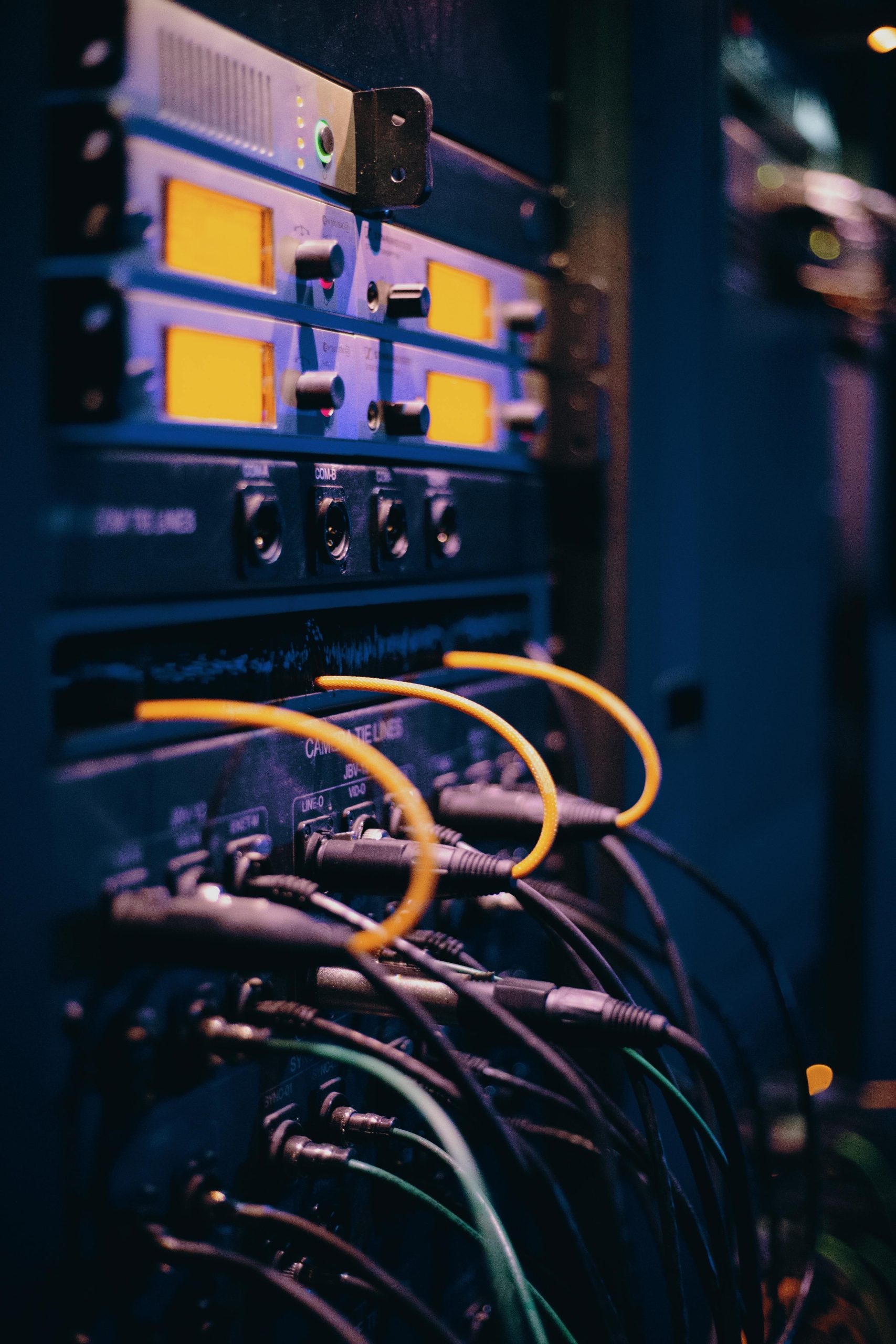Understanding Multiple IP Addresses on a Single Device: Should You Be Concerned?
As a home network administrator, it’s not uncommon to find yourself diving into the intricacies of your router’s settings. Recently, I noticed something unusual while examining the connected devices on my network. My mother’s iPhone showed multiple IPv6 addresses—about 15, to be exact.
What caught my attention was that while the first part of the IP addresses remained consistent, the latter hexadecimal segment varied. This phenomenon left me wondering whether it was a cause for concern.
What Does This Mean?
Having multiple IP addresses associated with a single device, particularly when it comes to IPv6, isn’t typically alarming. IPv6, designed to replace the older IPv4 system, offers a virtually limitless number of addresses. It can generate various temporary addresses for a device, particularly when it connects to different networks or uses particular features, such as privacy extensions.
These unique addresses are commonly utilized for different purposes, including:
- Privacy and Security: Devices often use temporary addresses to increase privacy while online, reducing the chances of being tracked.
- Network Configuration: Routers may assign multiple addresses to facilitate specific applications or services that require varying connections.
Should You Be Worried?
In most cases, seeing several IP addresses for a single device is not an indication of something sinister happening on your network. However, it’s essential to remain vigilant and informed about any unusual behavior. If you notice other signs of suspicious activity—like unrecognized devices connected to your network or significant drops in performance—it’s wise to investigate further.
What Can You Do?
If you’re unsure about the security of your home network, consider these proactive steps:
- Review Connected Devices: Regularly check the list of devices connected to your network.
- Update Router Firmware: Keep your router’s firmware up to date to ensure you have the latest security features.
- Strengthen Security Protocols: Use strong, unique passwords for your network and consider enabling WPA3, if supported by your router.
- Consult Manufacturer Resources: For specific concerns related to your device, refer to the manufacturer’s documentation or support forums.
In conclusion, while seeing multiple IPv6 addresses for a single device can be perplexing, it’s usually not a cause for alarm. Staying informed and taking preventive measures will help keep your home network secure and operational. If you still have questions or concerns, don’t hesitate to reach out to tech forums
Share this content:




Helpful Insights on Multiple IP Addresses for a Single Device
Hi there,
It’s completely normal to see a device, especially using IPv6, associated with multiple IP addresses. IPv6’s design inherently supports multiple addresses for privacy, security, and network configuration purposes. For example, privacy extensions generate temporary addresses that change over time to enhance user privacy, which explains why you might notice numerous addresses assigned to a single device.
As long as your device is functioning correctly, and you’re not noticing any suspicious activity like unauthorized devices on your network or unusual traffic, there’s typically no cause for concern. To keep your network secure, ensure you’re following best practices such as updating your router’s firmware regularly, using strong passwords, and enabling the latest security protocols like WPA3.
If you’re still uncertain or notice any irregularities, consider running a network scan with tools like Nmap or a network monitoring app to verify connected devices. Additionally, consult your router’s documentation for detailed info on how it manages multiple IP addresses and privacy settings.
Feel free to reach out again if you need further assistance with your network configuration or security setup!